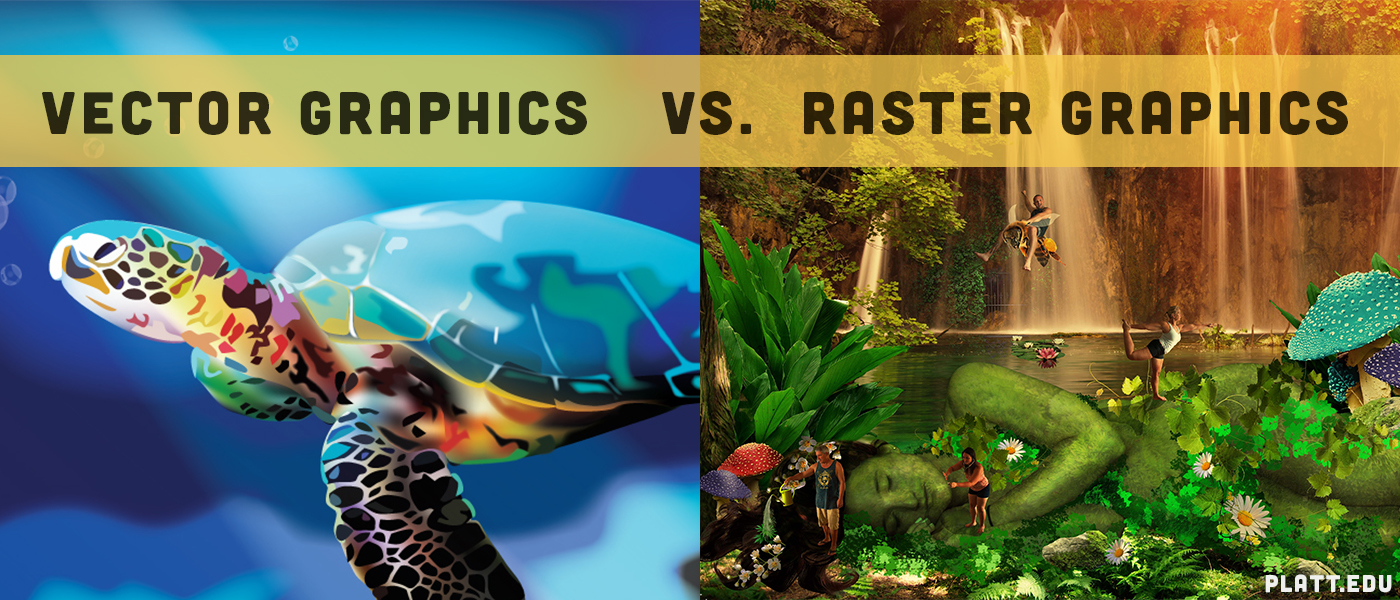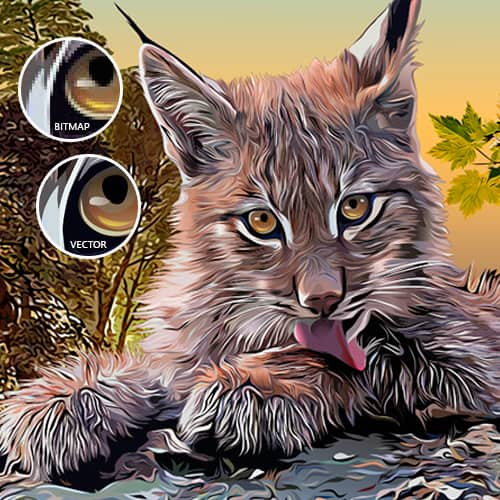

You can, if you want to, draw your characters using a tablet or pen and paper, and then scale down the characters before adding finer detail - if that's easier for you. I wouldn't make those characters very large at all.

You posted screenshots of three side-scrolling games - the characters in those screenshots only are taking up a very tiny portion of the screen. Ofcourse, I'm not sure what kind of game you are making. What is the screen resolution of your target devices? How big will your character appear on those devices? Unless you are having a close zoom-up on the character's nostril hairs, 1920x1080 resolution of a character seems excessive. You could make it that hi-res, but I very much doubt it'd benefit your game. Then, resize it to multiple sizes and edit it.That's really extreme. So its like doing a character in Gimp in 1920 x 1080.

Is that like accurate? I mean if i were to make an mobile game with raster art would it limit my game's scale in sense of content in art? I have read that usually raster art usually cost on target devices memory. Then, resize it to multiple sizes and edit it. But as an artist what process do you use or recommend to be productive as an artist? Thanks for the explanation. If i were to do high res art( raster art), how would my art process be? How do you do it? I mean i have heard that some draw on a paper and then scan.Then, he/she would edit in an art program.
#Raster art how to#
The tool doesn't matter so much as the knowledge of how to actually make the art unless you're stuck on something more specific, like what kind of assets you'll need. Photoshop tutorials will probably translate fine, fyi, what you'll want to look up is something more akin to "2D game art tutorials", "2D game assets tutorial beginner" or "how to paint in Gimp". "Raster art tutorials for gimp" won't get you anywhere. The general solution to the resolution issue is often to just draw your sprites as either really large at a high resolution (The largest they'll be seen on the biggest target device), or indefinitely tiling depending on whether it's a one off sprite, hero character or environment tilesheet. where the character and GUI elements still occupy enough percentage of the screen real-estate to see clearly), and then switch to up-scaling from there (or rather: let the monitor upscale).

With the top screenshot, Spelunky, I don't know what they do, but they could just show more cave area, until some preset max resolution is reached (i.e. Just be careful you aren't twisting your game's aspect ratio out of proportions (you don't want things stretched out or squashed). I think Braid was one of these 800圆00 games. Though, it seems to me, some indie games just render at a fixed resolution, even tiny ones like 800圆00, and then resize the entire screen (or let the monitor resize it, when it's at fullscreen). Same thing with characters or other things with lots of sharp details - you don't want to loose pixels arbitrarily, but you need finer control over it. Taking hi-res rendered text and downsizing it a huge amount looks ugly. Some people create their hi-res versions, and manually downsize them using the better algorithms of art programs (instead of the faster and sloppier real-time resizing algorithms), then touch-up the down-sized versions to make sure they look fine, so they end up with 3 or 4 different sizes (Huge, Large, Medium, Small), and then choose the closest-matching size at run-time.Įspecially with text - you want to choose a font size that is as close as possible to what you want on-screen. The general solution to the resolution issue is often to just draw your sprites as either really large at a high resolution (The largest they'll be seen on the biggest target device)ĭramatically down-scaling images can end up look bad.


 0 kommentar(er)
0 kommentar(er)
